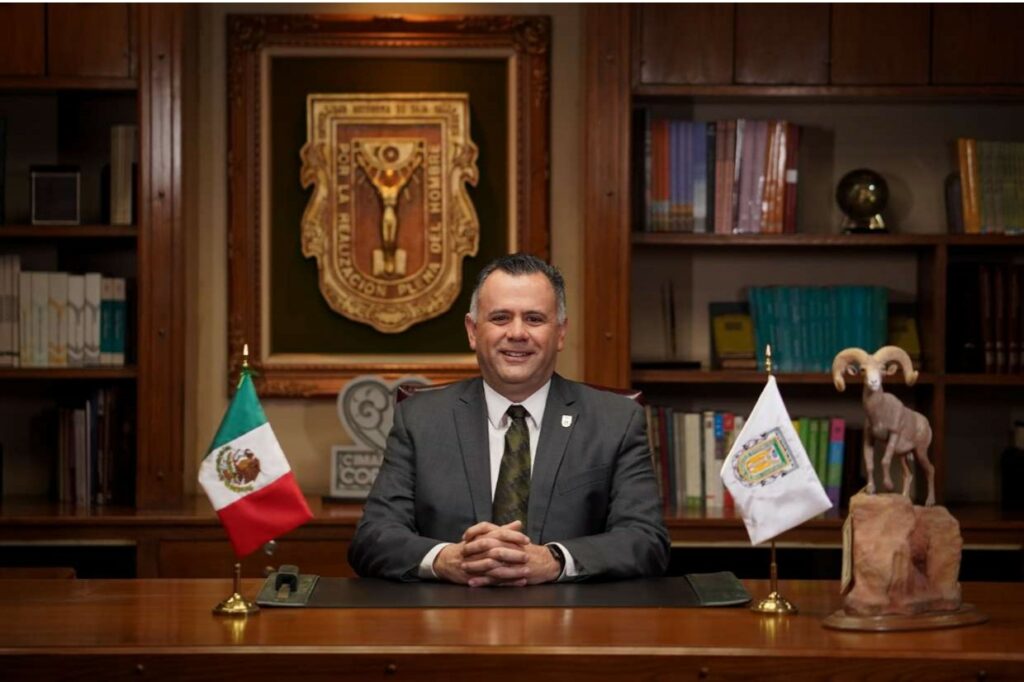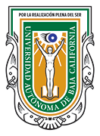The history of UABC
Historical Records of UABC
The history of the Universidad Autónoma de Baja California begins in the 1950s, when Baja California is recognized as a state of the Mexican Republic and the implementation of higher education in the state is sought after. The Organic Law of the Universidad Autónoma de Baja California (UABC) is enacted on February 28th, 1957, making it an official institution after years of analysis and promotion regarding the possibility of founding a state university.
The Pro University State Committee is formed, following the stipulations of the transitory articles, and on July 26th, 1957 a short list of three candidates is presented to assign the members of the first Governing Board.
In a context in which the university did not receive state or federal backing regarding budget and infrastructure, Governor Maldonado Sánchez donated the building of the Escuela Cuauhtémoc of Mexicali to UABC as its headquarters to hold the meetings of the Committee and Governing Board.
On April 26th, 1959, the president of the Committee, José Guadalupe González Cordero, passed away in Ensenada. In compliance with regulations, the position was then occupied by Mexicali-based Vice-president, Santos Silva Cota.

